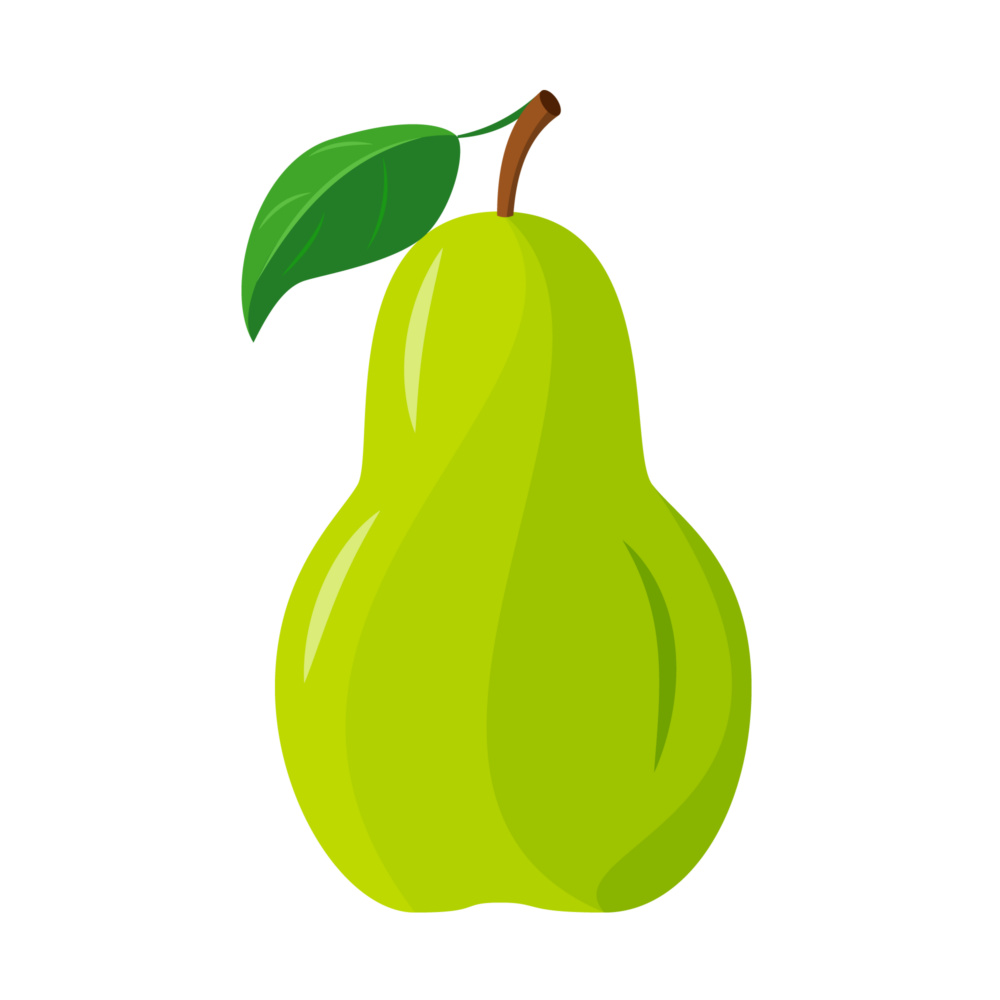Pear is believed to have been consumed for over 4,000 years. The known first literary documentation of the cultivation pears comes from the 18th century BC writings of Ishme-Dagan I. The ruler of Assyria (a Mesopotamian kingdom located in what is now Northern Iraq and Southeastern Turkey) wrote to his brother: ‘I am sending you pears…the first of the season.’
During the Roman Empire (753 BC to 27 BC), the popularity and cultivation of pears increased. In the Odyssey (which begins with the fall of the Turkish city of Troy), Homer (750 BC) refers to pears as ‘Gifts from God.’ Greek philosopher Theophrastus (371 – 287 BC), a native of the Lesbos (the 3rd largest Greek Island is separated from Turkey by the narrow Mytilini Strait) wrote of both cultivated and wild varieties pears in the region. By 350 BC, pear cultivation had spread throughout Magna Graecia (a group of ancient cities located on the coast of Southern Italy).
Today, Turkey is the second largest producer of pears in Europe and the fifth largest producer worldwide. Commonly cultivated varieties include Santa Maria, Akca, Mustafabey, Cassia, Willliams, Ankara and Deveci.

